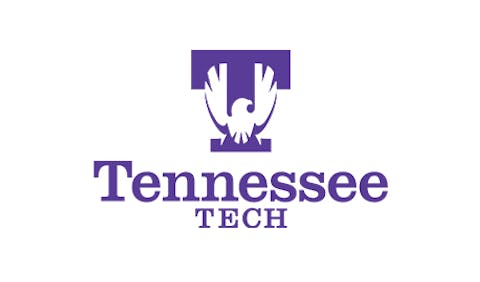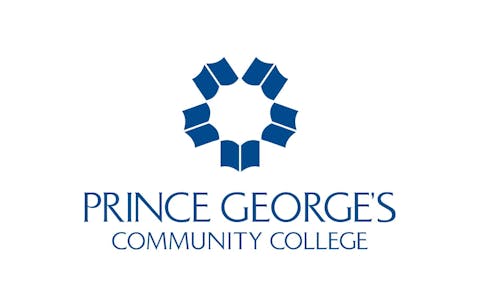 Anita Nahal
Anita Nahal
In a university or college setting, making a pitch for the business case for diversity has mostly to do with buy-in of leadership, students, faculty, staff and various other internal and external stakeholders. Of all these, of course, leadership buy-in is the key to successful acceptance of diversity. Because as Andy Brantley, president and chief executive officer of the College & University Professional Association for Human Resources says, “Leaders … set the tone … their positions on diversity, equity and inclusion are reflected every single day through their actions, through their words, through the things they chose to do or chose not to do.” And buy-in by other stakeholders on the campus leads to a sense of “shared responsibility.”
In a university setting, it is critical to connect the mission of the university with diverse recruitment of faculty staff and especially students. If the mission of the university is to educate individuals to become national and global leaders, then diversity has to be incorporated in myriad ways in the institutional fabric. It goes without saying that diversity is an intrinsic value component in any organization, the benefits of which are culturally measurable in various ways, such as greater knowledge and awareness of those different; motivation for improved personal and professional relationships; and an elevated cohesive work environment bringing the set goals to profitable fruition. However, if one can establish a direct correlation between diversity and its business benefit, it will be easier for educational institutions to promote diversity.
This is explained in the bullet points below which provide the likely end results in monetary benefits.
Likely end results, and thus, what is the business case for campus diversity:
· Increased diverse student applications, thereby additional tuition revenue
· Increased retention of students, faculty and staff, leading to more productivity and less wastage, thereby money saved





















